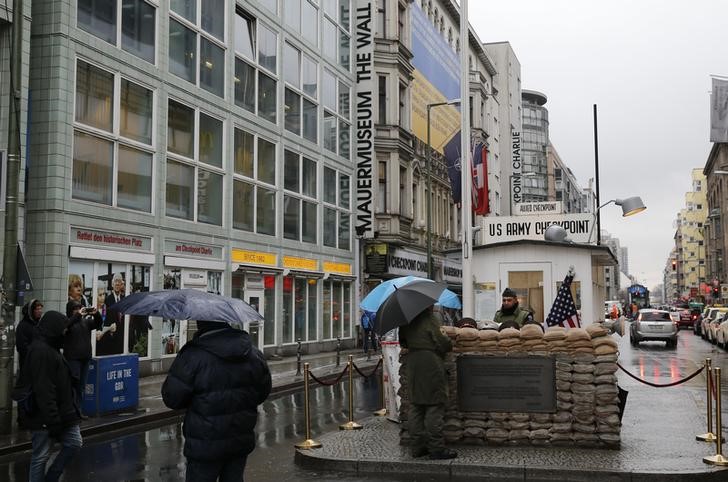CCH Holdings prices IPO at $4 per share on NASDAQ
Investing.com - Eurozone consumer price growth accelerated marginally in August, but remained close to the European Central Bank’s 2% target level, possibly bolstering the case for a relatively benign inflation picture that could persuade policymakers to keep interest rates unchanged following a period of rapid cuts to borrowing costs.
Media reports have suggested that the ECB is likely to leave rates steady at its upcoming meeting this month, although worries around a weakening in the broader economy of the Eurozone currency area could restart debate in the autumn around further reductions.
The ECB left its key rate at 2% in July, with the central bank’s President Christine Lagarde arguing that policy was in a "good place." The decision brought an end to what had been a year-long cycle of rate cuts, although trade tensions and geopolitical volatility have continued to cloud the wider outlook.
According to a flash estimate from Eurostat, the headline consumer price index in the twelve months to August came in at 2.1%, rising from 2.0% in July but still in line with expectations.
"The small increase in headline inflation [...] makes little difference for policymakers at the ECB who look certain to leave interest rates unchanged at next week’s meeting and probably for several months beyond that," analysts at Capital Economics said in a note.
They flagged that inflation in the services sector, a crucial section of the Eurozone economy that is closely monitored by the ECB, "came down a touch" from 3.2% in July to 3.1% in August. It was the lowest rate of services inflation since March 2022 and "should provide some reassurance for policymakers that domestic" price pressures are continuing to subside, the analysts said.
Underlying "core" CPI, meanwhile, ticked up to 2.3%. The gauge, which strips out volatile items like food and fuel, matched July’s pace and was slightly faster than the 2.2% level projected by economists.
The ECB’s upcoming meeting is slated to take place on September 11, with officials anticipated to keep rates on hold. Still, expectations for the months ahead differ, as some analysts see the potential for a possible cut near the end of the 2025 or early next year to help keep inflation from consistently undershooting 2%.
